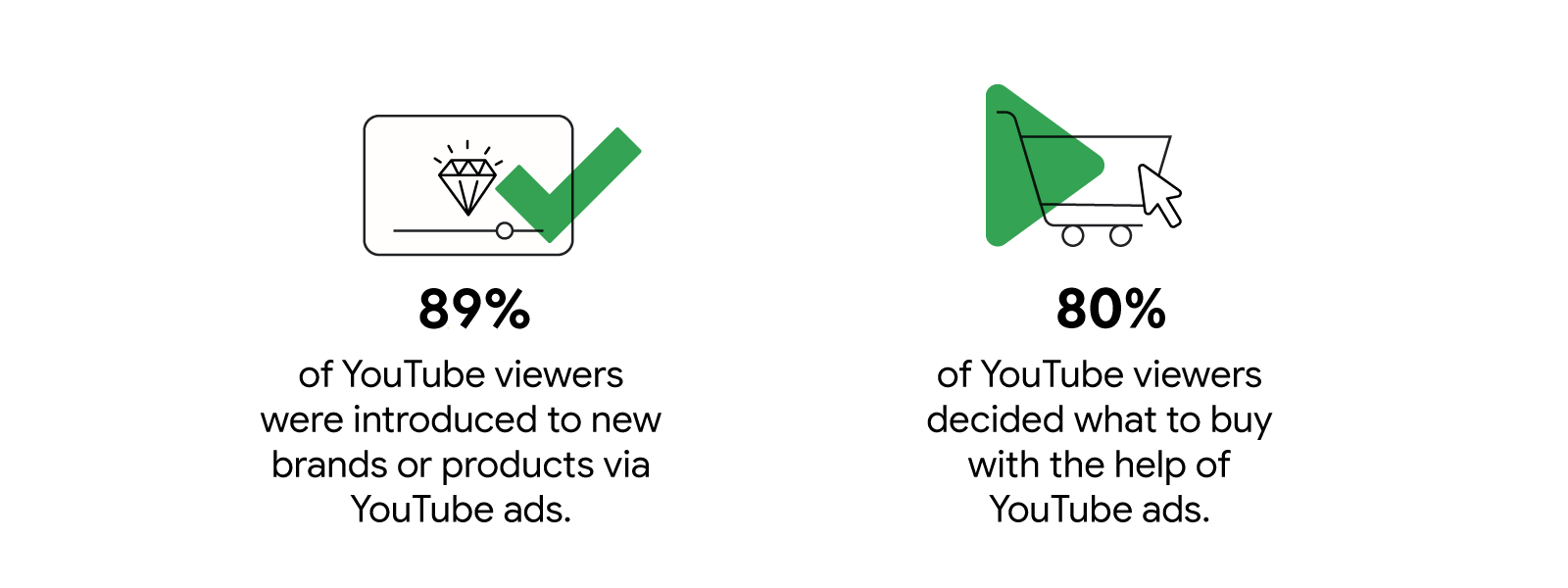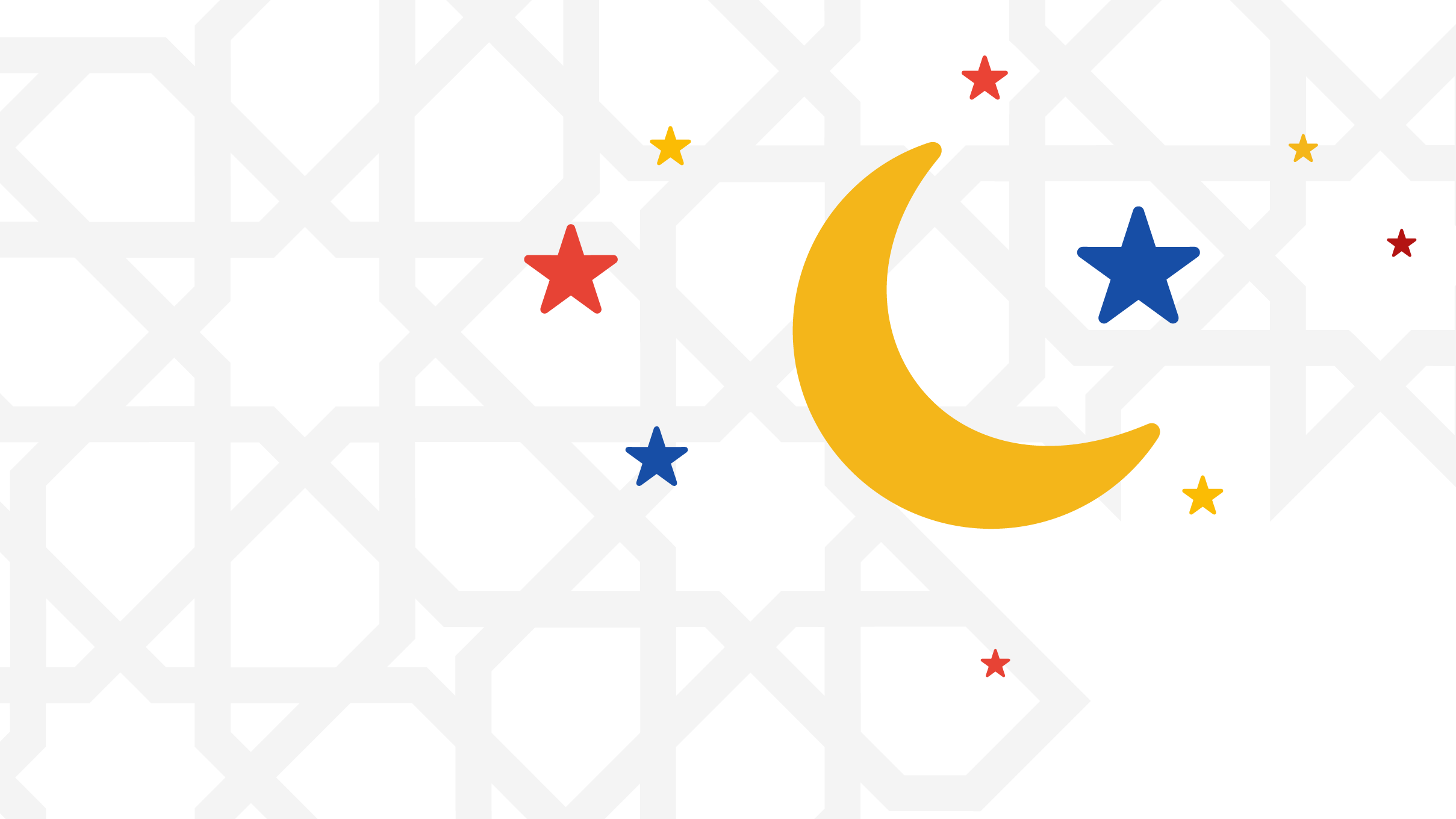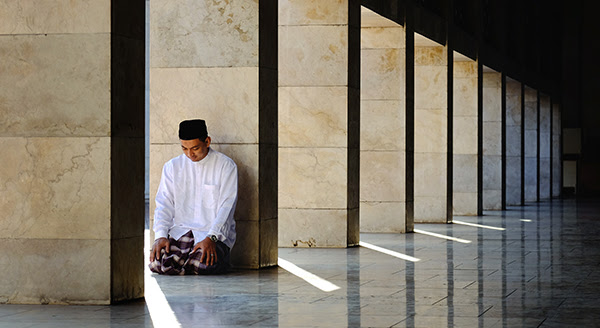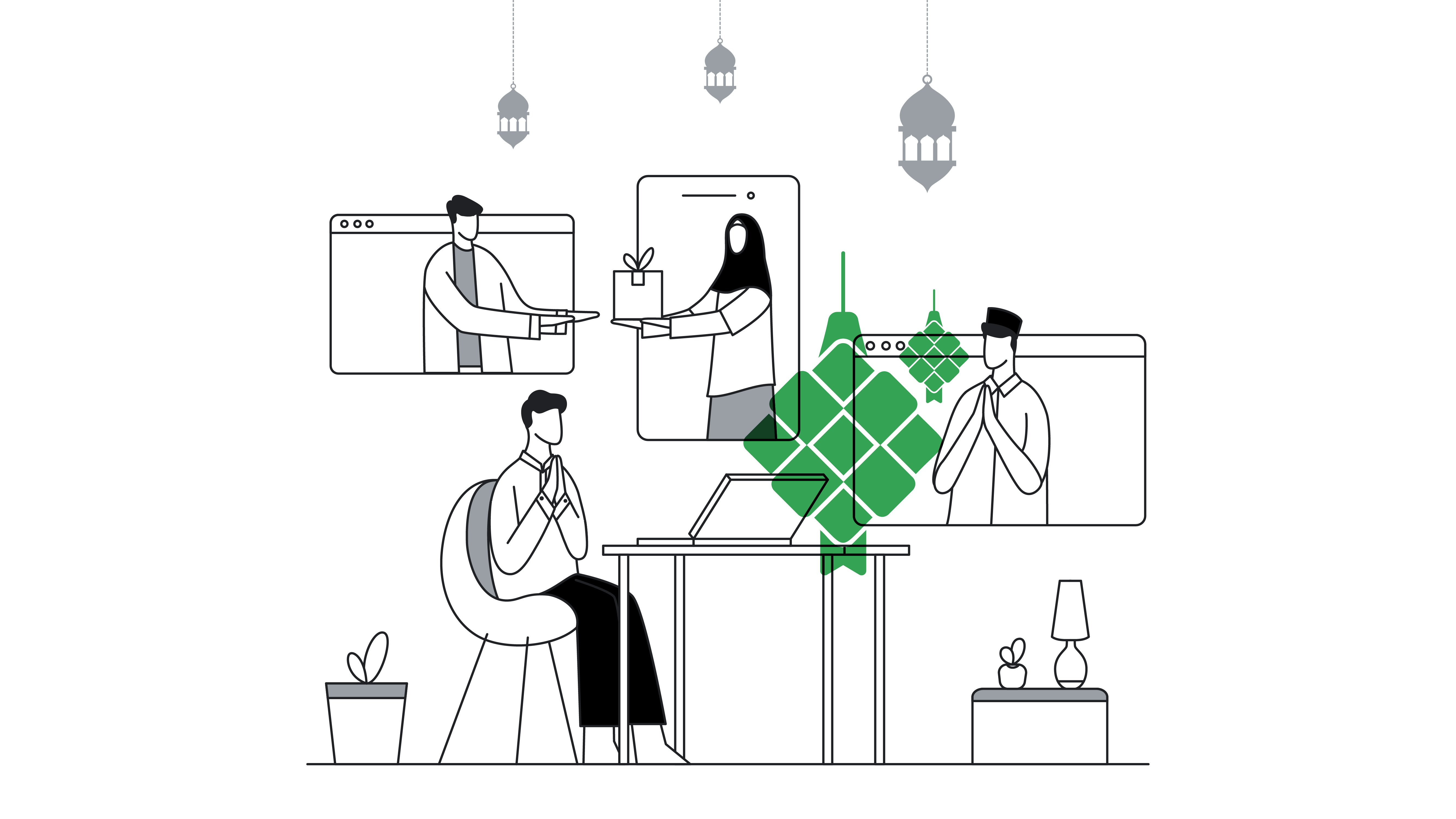The arrival of Ramadan brings fresh excitement for people in Indonesia every year. While time-honoured traditions continue to be kept, they also evolve with people’s changing habits. And insight into these trends lets brands like yours grow meaningful customer engagements and the bottom line.
What’s not changed during Ramadan: People still look forward to recharging through personal development or “me time,” reconnecting with loved ones through “we time,” and celebrating with gift-giving.
But they’re spending more time online and watching a growing array of video content in multiple formats. So by knowing how that influences the way people experience Ramadan and their purchase decisions, you can create effective, efficient marketing campaigns this season.
Here are three key consumer trends from our Ramadan 2024 marketing strategy playbook to help you take your campaigns to the next level.
1. People seek video content in multiple formats for “me time” during Ramadan
For Indonesians pursuing spiritual and personal development in their “me time” during Ramadan, YouTube’s wealth of content makes it their platform of choice as they recharge.
Searches on YouTube for Islamic or Muslim lifestyle related terms jumped by 2.3X from Ramadan 2022 to 2023,1 and downloads of weight training videos increased by 60% year-over-year.2

People are also viewing video content across multiple formats — long and short, and switching seamlessly between screens to get more of what they’re interested in.
An Ipsos study in Indonesia found that 67% of all survey respondents aged 18 to 44 discover things using short form video apps, then go on to watch longer versions.3 And over 25 million Indonesians stream YouTube on connected TV,4 while 90% of Gen Zs in the country are active users of YouTube Shorts.5
With this understanding of the diverse topics, screens, and formats for “me time” content that appeals to Indonesians during Ramadan, you can create campaigns that are highly engaging to customers.
A prime example is leading Indonesian bank BCA’s #TibaTibaTenang campaign, which featured Christine Hakim, an Indonesian actress with multi-generational appeal. Through playful yet relatable storytelling, its video campaign showed how various Ramadan tasks, from fulfilling Zakat to managing one’s Ramadan bonus, can pose unexpected challenges for individuals, but BCA mobile offers a one-stop solution with its app.
To amplify its message, BCA tapped on YouTube’s versatile campaign building capabilities to create video assets that told its story in long and short formats. It also used the AI-powered Video reach campaign to maximise reach of its video content effectively and efficiently. The campaign drew over 61 million views and BCA mobile maintained its status as the go-to app for people’s Ramadan needs.
2. People integrate online experiences with offline activities for “we time” during Ramadan
When it comes to reconnecting with loved ones during Ramadan, watching online content together, or “nobar,” short for “nonton bareng,” has become a popular activity. Daily YouTube traffic highs during this period correspond to peak offline gatherings such as the pre-dawn sahur meal and the iftar dinner after a day’s fasting.6
Average YouTube watch time for Indonesia’s users over a 24H period

The online content that people watch together during “we time” include livestreams and videos of offline Ramadan activities, such as family gatherings and people breaking fast over meals. On YouTube, searches for “halal bihalal,” “buka puasa,” and “sahur on the road” surged by up to 250% year-over-year from 2022.7
Given that online content is a focal point for bonding during Ramadan, your brand can reach and engage audiences in these key moments with relevant video content. And you can further optimise the content for effectiveness and efficiency.
Using audience signals such as watch time, location, and topical interests, you can build dynamic creative assets and deliver them to the most relevant customers with timely video ad flightings. BCA mobile, for instance, ran YouTube masthead ads during ngabuburit, when families wait to break fast, because that’s a peak video viewing window during “we time.”
For Indonesian telco Tri, which sought deeper engagement with Gen Zs during Ramadan, Display & Video 360’s data-driven creatives let it dynamically serve relevant and timely creative content to its audience. The creatives were optimised using audience insights such as watch time, location, and topics of interest, which range from K-drama to music and gaming.
Display & Video 360’s programmatic offering for digital out-of-home also let Tri identify digital billboards in places popular with Gen Zs for iftar meals and amplify its presence in those locations. As a result, Tri’s #IniWaktunyaKita campaign drew 85.3 million views on YouTube, achieved a significant 3.1% awareness lift by the end of Ramadan 2023, and delivered 3.5X revenue growth year-over-year.
3. Shoppers are predominantly influenced by digital touch points during Ramadan
When it comes to celebrating Ramadan and making purchases for the occasion, shoppers are highly invested in research and decision-making. Many are also open to trying new brands.
Indeed, 93% of purchases are planned for, with nearly 50% of purchases happening in the first week of Ramadan. And 88% of shoppers shopped with at least one retailer they had never purchased from before.8
What influences their purchase decisions, regardless of whether they buy online or in store, is the touch points they use to research, of which 7 out of 10 are digital touch points. Among those, the top two are Search and YouTube.9
Shoppers’ purchase decisions during Ramadan are also influenced by ads. According to a Kantar survey, 89% of YouTube viewers were introduced to new brands or products via YouTube ads, and the ads helped 80% of viewers decide what to buy.10

By matching shoppers’ behavioural patterns during Ramadan and increasing your brand’s presence on digital touch points, including trusted platforms like Search and YouTube, you can boost discovery, consideration, and purchase.
Frisian Flag Indonesia, for example, achieved its highest market share in two years for its sweetened condensed milk by using YouTube to raise awareness and consideration of the product among mothers.
It created a heartwarming video, in long and short formats, that spotlights the central role which mothers play in preparing Ramadan meals for their families — a heroic effort and feat of extraordinary power. It then used YouTube’s video ad sequencing capabilities to show audiences the full, immersive 60-second video before delivering 6-second videos during sahur and iftar meal times, using YouTube’s time targeting feature, to boost ad recall and consideration.
With these insights on how Indonesians experience and enjoy Ramadan — through trusted digital touch points and relevant video content in multiple formats, your brand is well-placed to create effective, efficient campaigns and grow bottom lines.







